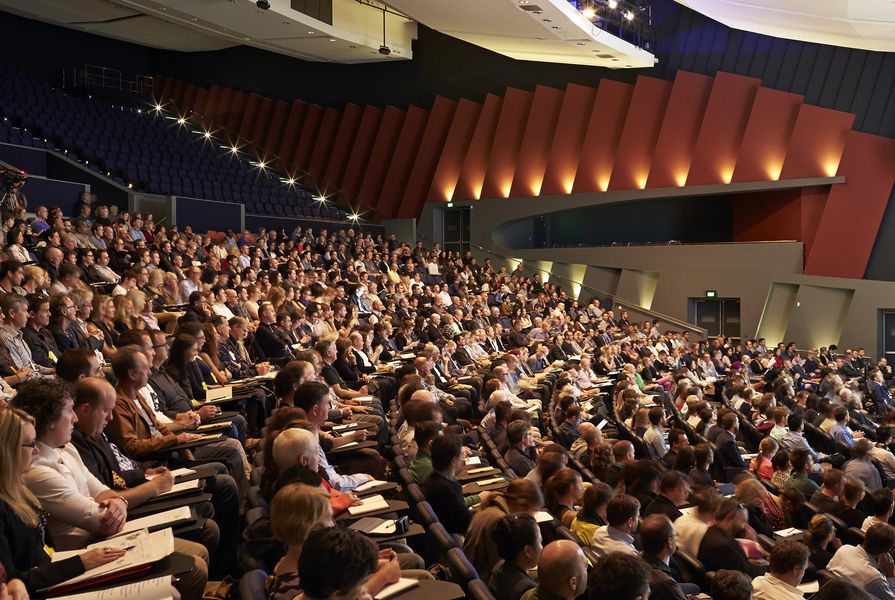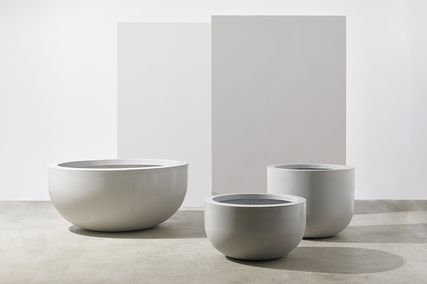The 2014 National Architecture Conference was held in Perth, under the inclusive theme of “Making.” Rather than give an outline of the different speakers and panel discussions, this review – written several months after the event – examines the agency of the conference, the discussions it fostered and the possibilities it opened up. With this distance, two key issues emerge. The first is one based on regionalism, which while not signposted as a central theme was nevertheless a standout issue. Less obvious but no less significant was the expansion of issues relevant to a mainstream architectural audience, with the presentation of models of alternative architectural practice and the recognition of research as critical to contemporary practice.
Regionalism and identity
The question of location has always been central to the identity of Australians, one historically cultivated by the country’s vast distance from the mythic motherland of England. This singular geographic understanding has perpetuated despite economic development and the growth in immigration and tourism within our own region. It is only in the last decade that we have started to see stronger interest in the cultural and social aspects of our more immediate neighbours. The Asia-Pacific region is still only accepted in terms of its proximity, rather than something that Australia is inherently a part of.
The introduction to the conference exhibited a world map eloquent in its simplicity, showing how the nationalities of speakers at past conferences centred around Europe, America and occasionally Japan. With a stated desire to use this analysis as a basis for selecting alternatives, the creative directors provided a stimulating introduction. The issue, however, is much greater than one of simply filling in the gaps. Australia’s willful ignorance of its regional neighbours hints that as a country we are still unable to envision ourselves outside the Commonwealth or a Western framework. As Australian architecture searches for an identity beyond the bespoke dwelling, this seems like an opportunity to explore an alternative framework based on regional specificity. A serious engagement with the region, or even the Southern Hemisphere, is therefore a necessary step towards understanding ourselves.
It is here that the purpose of an architecture conference should be examined. In general the audience found this year’s event to be enjoyable and well organized. Good projects by interesting architects from countries not often discussed on the Australian architectural scene were presented: Vietnam, Malaysia and Indonesia among others. However, if the conference aims to be more than entertainment or a break from the regularity of practice, then there needs to be more at stake.
The creative directors Helen Norrie, Adam Haddow and Sam Crawford provided a broad set of aims that spoke of a “celebration of ideas,” “architectural excellence”and the “architect as a maker of environments and connections.” One might assume these aims are consistent with any national conference. Phrases such as “we are interested in the act of making; in the dirtiness, directness and honesty of architecture” were unhelpful to framing a particular engagement with the projects presented. The broad umbrella structure meant that it fell to individual convenors to draw out more critical and complex arguments from speakers during the panel session.
Despite what seemed like an obvious conversation on regionalism, the conference seemed to veer instead towards a showcase of good-looking architectural projects. In a current political and economic climate in which Australian architects need to define or claim their relevance, what might a national architecture conference offer the discipline? If the vast majority of Institute members are sole practitioners, then what should the focus of the conference be?
This year, it was refreshing to see the reintroduction of a discursive component. While the topics were quite general, they gave a level of focus for each panel, which was anchored by a local practitioner. This was one of the strengths of this conference: local practitioners contextualizing, framing and interrogating contemporary architectural practice.
Two questions arose from this format, one local and the other global. The first is: how can the conference better foster conversations that develop and expand the Australian architectural identity? The second is: how does it seriously engage with critical concerns and practice beyond our own national and disciplinary borders?
Alternative practices and making an impact
In contrast to the online branding for the conference, some sleuthing led us to this statement by Norrie, which articulates a far more critical and specific approach:
We will investigate how, in an increasingly complex cultural and professional environment, there are opportunities for architects to expand their role from the designer of objects and spaces to that of a “navigator,” with the capacity to steer processes and deliver alternate outcomes.
This expanded role suggests a more politically motivated approach. Engendering greater critical reflection, sorely needed for the profession, this shift away from asking why no-one understands or values architects to investigating examples of tangible, effective participation in broader social concerns is a far more exciting ambition.
This was encapsulated in what we would argue was the most successful thematic – Making: Impact. The individuals from this session gave some of the stronger presentations if you consider the opportunity of a conference to extend both the profession and individuals. It was refreshing that the focus genuinely moved beyond architecture as defined by the house (the typical Australian focus), the spectacular or the object (devoid of contextual issues in presentation, and therefore comprehension of appropriateness of response). In a radical departure for any professional conference, non-practitioners Justine Clark and Naomi Stead presented research. Parlour has been an extraordinary project that has successfully brought the conversation of gender equity and architecture into common parlance. In doing so, the team has expanded that conversation from one of a woman’s issue to one that questions traditional careers in the profession and the value placed on alternative architectural paths.
This approach could be seen in many presentations. CODA Studio practice director Emma Williamson defined the architect as a spatial strategist working across multiple scales. Beth Miller presented the Philadelphia-based Community Design Collaborative, a non-profit which fosters opportunities for increased awareness of the roles architects play in our built environments. Timothy Horton, the inaugural Commissioner for Integrated Design in South Australia (2010–12), gave an excellent survey of the broader reach of design and architecture across contemporary global practice.
Conceptually, critical regionalism was a response to the cookie-cutter internationalism of modern architecture and the limitations of postmodernism. It argued for a specificity of site and context that didn’t simply look back to the vernacular but rather created contemporary, unique regional forms. This conference gave us a view into contemporary projects that wrestled with these issues, but failed to show us why it mattered. Here was an opportunity to position Australian practice regionally. However, the celebration of architects as navigators or spatial strategists posed a positive direction for the future of the profession, with a broader acknowledgement of what those working in this expanded architectural field bring to the making of better cities and better places.
This leaves us with several questions regarding the purpose of a national architecture conference. Is it the presentation of a series of stimulating works presented by the author? Or should it be about the business of creating architecture? Is it a chance for examination, debate and critique? What ambition does the profession have for itself? If it is about the internal disciplinary conversation, then is it robust enough? While not arguing for a reversion to prosaic descriptions of the factors that constrain the production of architecture, the agency of architects is best understood when the underlying systems and structures are deliberately referenced. It is the opportunity of future national conferences to position and articulate the value of architectural practice in an evolving and complex global, political and cultural context.
















